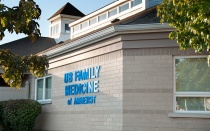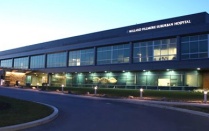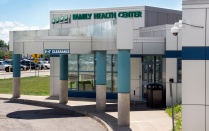Dermatology
Working one-on-one with a well-respected dermatologist in a high-volume practice, you’ll learn how to diagnose and treat acute and chronic skin conditions.
You’ll conduct skin exams, identify and define lesions, interpret and develop management plans for tissue pathology reports and identify patients who aren’t responding to therapeutic interventions.
You’ll also counsel patients on sun protection measures, the importance of skin exams, skin cancer risk factors and the warning signs of melanoma.
Procedures Learned
Under the supervision of a board-certified dermatologist, you’ll learn how to perform:
- cryotherapy
- cautery (chemical and electrical, with and without curettage)
- biopsies (punch, shave and excisional)
- abscess incisions and drainage
- intralesional steroid injections
Conditions Seen
You’ll learn how to diagnose and treat patients with conditions including:
- acne
- eczema/dermatitis
- psoriasis and ichthyosiform dermatoses
- bullous diseases
- pityriasis rosea
- benign neoplasms and hyperplasia
- precancerous lesions and cutaneous carcinomas
- melanoma precursors and primary cutaneous melanoma
- pigmentary disorders
- bacterial infections involving the skin
- fungal infections of the skin and hair
- viral infections of the skin and mucosa
- insect bites and infestations
- disorders of hair follicles
- disorders of nail apparatus
- disorders of oropharynx
Clinical Site
Year Taken
PGY-3
Length of Rotation
4 weeks








